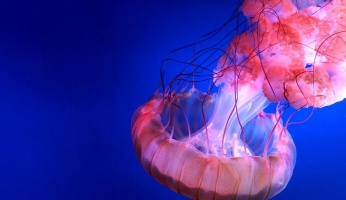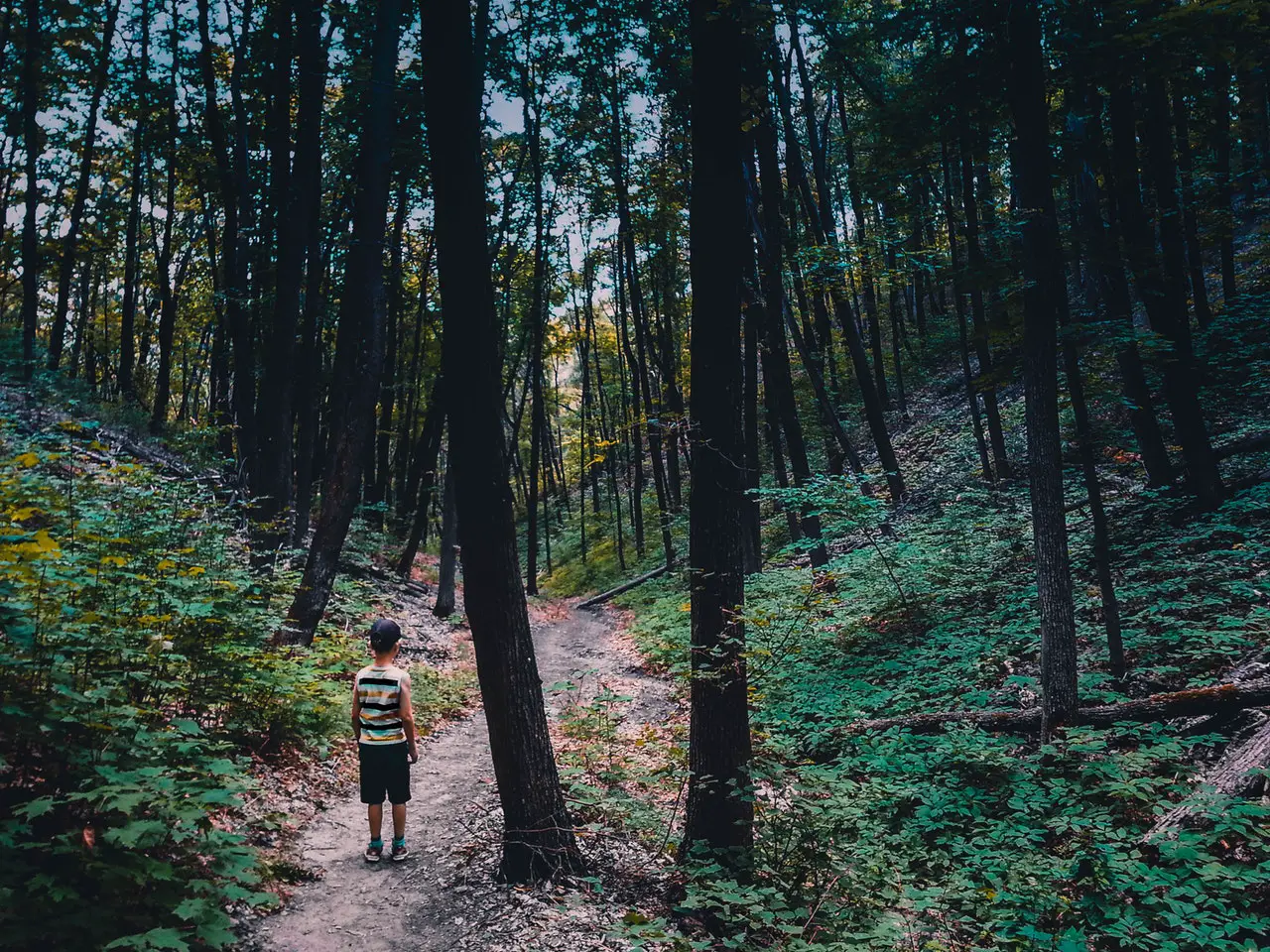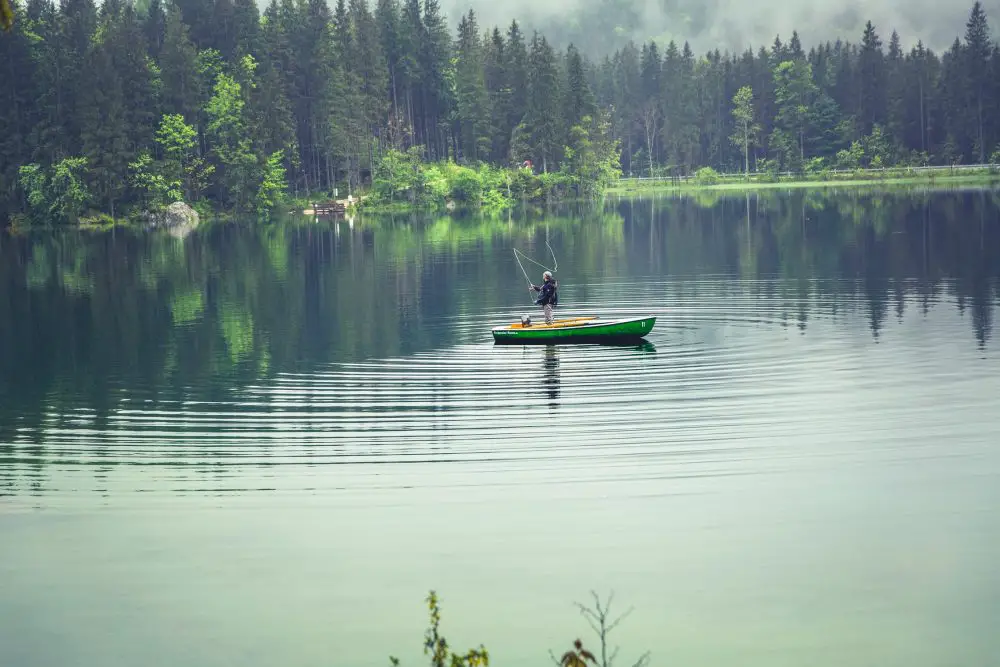The Most Dangerous Spiders You Should Be Aware Of
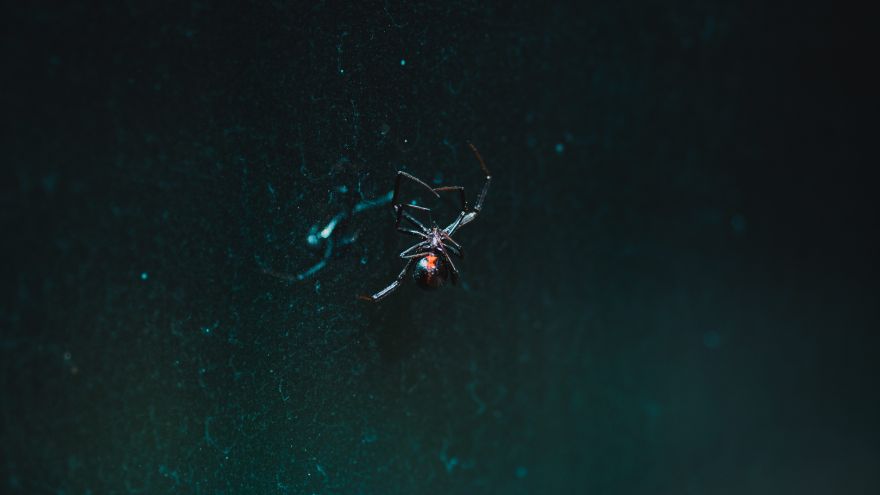 The Most Dangerous Spiders You Should Be Aware Of
thegearhunt.com
The Most Dangerous Spiders You Should Be Aware Of
thegearhunt.com
Spiders, like most of the arachnids, have a body that is divided into 2 different parts – the abdomen, and the cephalothorax. Their cephalothorax is made up of the thorax and the head fused together. Most species of spiders will have 4 sets of legs that are attached in this part, and they are moved by the muscles that are inside their chitinous exoskeleton. The top portion of their cephalothorax has a carapace – hardened sort of shield – covering it, and their eyes are at the front of this.
A spider’s eyes are quite simple and look like the ocelli of other insects. Most species of spiders have 4 pairs of eyes. That being said, some species have lost a few or even all of their eyes, so you can find spiders with no eyes or any number between there and 8 eyes. The position and size of these eyes are also things that can vary. Many of the wolf spiders, jumping spiders, and hunting spiders have eyes that are forward facing and large, along with the keen vision they need for their activities. A lot of these spiders also have a tapetum – or reflective membrane – at the back of their eyes. This surface helps out with things like night vision and it also causes their eyes to have the ability to reflect light so that they will shine in the dark, like those of a cat. Most of the more sedentary spiders may have relied only on their sense of touch for so many generations that it is thought that their actual vision is quite poor.
Orb Weavers
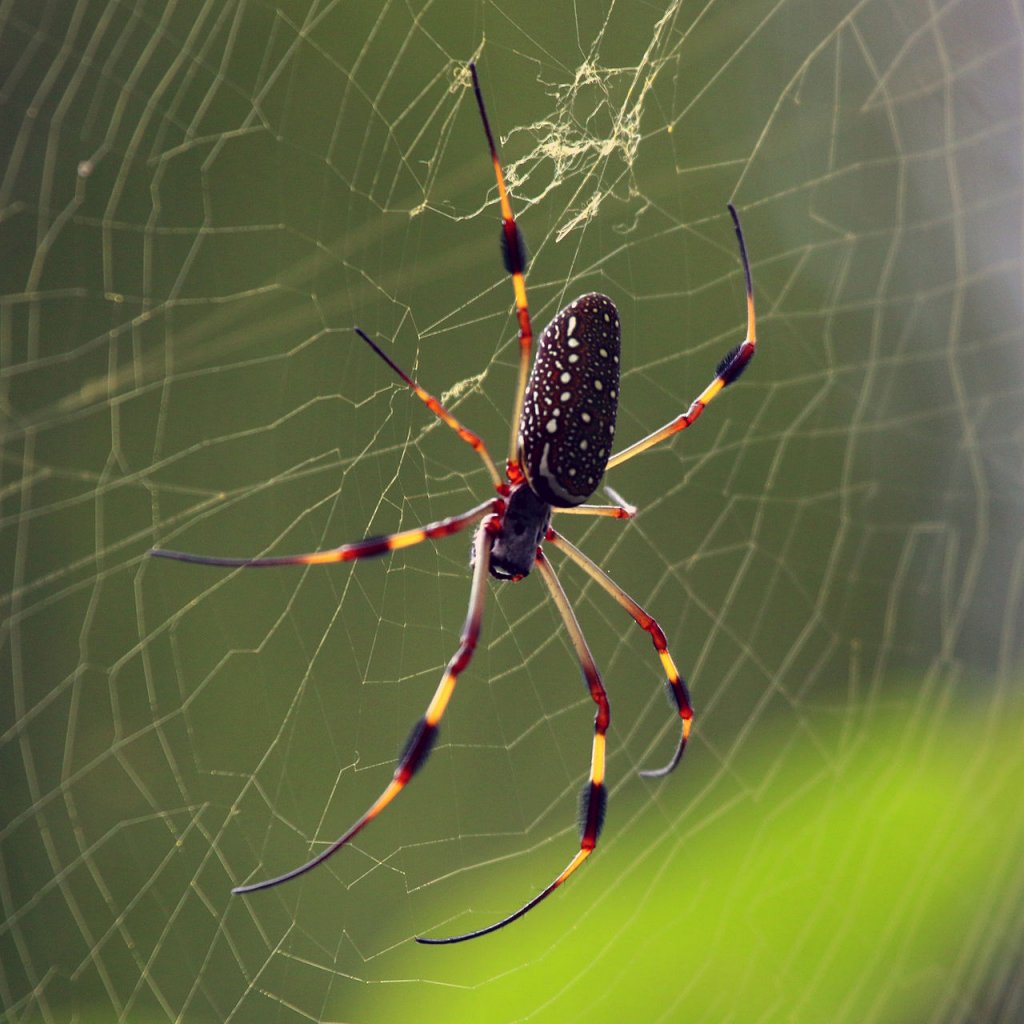 This is a massive group of spiders that encompasses 3,500 species all over the planet. 180 of those species are native to North America. Spiders in this family can vary greatly when it comes to size, shape, and color. Males tend to be smaller than the females. Most of the spiders in this family will spin spiraling type webs that feature support lines that will radiate out from the center. The actual plane of their web might be horizontal, vertical, or something in between. Many of these orb webs will be built on structures made by humans, and parallel to the walls. The webs made by these spiders are a result of evolution that has occurred over millions of years. Spider silk is both stronger and lighter than steel, and their geometrical architecture couldn’t be more efficient or economical.
This is a massive group of spiders that encompasses 3,500 species all over the planet. 180 of those species are native to North America. Spiders in this family can vary greatly when it comes to size, shape, and color. Males tend to be smaller than the females. Most of the spiders in this family will spin spiraling type webs that feature support lines that will radiate out from the center. The actual plane of their web might be horizontal, vertical, or something in between. Many of these orb webs will be built on structures made by humans, and parallel to the walls. The webs made by these spiders are a result of evolution that has occurred over millions of years. Spider silk is both stronger and lighter than steel, and their geometrical architecture couldn’t be more efficient or economical.
Below the carapace of these spiders, right at the underside of their cephalothorax, is a plate that is shaped like a heart. This is their sternum. In front of the sternum is a labium, or small lip, that forms the bottom part of their mouth. The coxae of their legs and their pedipalp are always arranged around the sternum. With most spiders, the pedipalp coxa are fitted with a sharp, enlarged plate, which is known as the endite or maxilla. This assists the spider when it comes to dismantling their prey.
Right under the spider’s carapace in the front, you will find a pair of chelicerae, or their jaws, which can be deadly weapons to this little creature. Each one of them is tipped with a single fang, which is a delivery vehicle for their venom. It can be roughly compared to a hypodermic syringe. Their fangs are actually stored in a sort of groove that is located in the bottom of the chelicerae when they aren’t needed.
Every single spider is carnivorous and predacious. They mainly live on the bodily fluids of their prey as well as live insects that they have paralyzed with venom and chewed up. The way they feed is similar to what we do. The difference is that their teeth, as well as their processes of digestion, are external. The chelicerae, along with the sharp edges of their endites are what they use to pulverize and crush their prey, all while covering the carnage is large amounts of digestive fluid that comes from their maxillary glands. This results in a sort of broth that will then be vacuumed up through their mouth and esophagus via powerful muscles that can cause their gut and stomach to expand. The prevailing thought is that they don’t eat solid food, only liquids that have been predigested. Some of the more hard bodied insects – such as beetles – will be injected with this digestive fluid via a small hole. The entire outer carapace is discarded after the spider has cleaned it out.
Furrow Spider
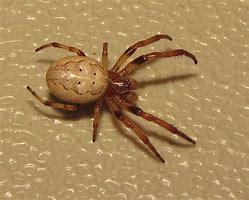 This spider is sometimes called the foliate or furrow spider. This spider is a member of the rob weaver family and can commonly be found on structures made by humans, especially under porches and eaves. They seem to thrive on my back porch. You can find both sexes in their smaller orb webs that are woven just a few inches from the wall and parallel to it. Unlike the larger ones that tend to hide in weeds, these spiders are nocturnal and will hide in crevices or other places from the time the sun comes up until it goes back down again.
This spider is sometimes called the foliate or furrow spider. This spider is a member of the rob weaver family and can commonly be found on structures made by humans, especially under porches and eaves. They seem to thrive on my back porch. You can find both sexes in their smaller orb webs that are woven just a few inches from the wall and parallel to it. Unlike the larger ones that tend to hide in weeds, these spiders are nocturnal and will hide in crevices or other places from the time the sun comes up until it goes back down again.
Lynx Spider
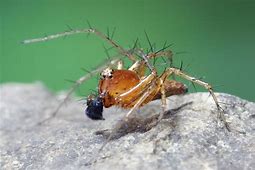 These spiders hunt during the day. They conduct their hunts much like the actual lynx. That means that they roam through foliage in search of prey. Their eye sight isn’t as good as jumping spiders, and more often, they will use the wait and pounce tactic for hunting that is most often thought of in relation to crab spiders. Studies have found that the green lynx spider will prey on many different types of insects, with those belonging to the Hymenoptera order being the ones that are most common. They make up over 40% of the spider’s diet. Flies account for 15% of all of their prey. Remember too, that the spiders themselves are also considered to be prey for a few other types of organisms, including birds.
These spiders hunt during the day. They conduct their hunts much like the actual lynx. That means that they roam through foliage in search of prey. Their eye sight isn’t as good as jumping spiders, and more often, they will use the wait and pounce tactic for hunting that is most often thought of in relation to crab spiders. Studies have found that the green lynx spider will prey on many different types of insects, with those belonging to the Hymenoptera order being the ones that are most common. They make up over 40% of the spider’s diet. Flies account for 15% of all of their prey. Remember too, that the spiders themselves are also considered to be prey for a few other types of organisms, including birds.
Jumping Spiders
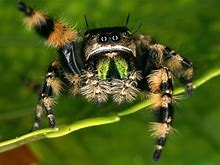 These are very active hunters that catch their prey by stalking them and then pouncing – just as some larger predators do. These spiders can grow to be as much as 5/8 of an inch long. They have very good eyesight compared to other spiders and can jump farther than 50 times the length of their own bodies.
These are very active hunters that catch their prey by stalking them and then pouncing – just as some larger predators do. These spiders can grow to be as much as 5/8 of an inch long. They have very good eyesight compared to other spiders and can jump farther than 50 times the length of their own bodies.
Wolf Spider
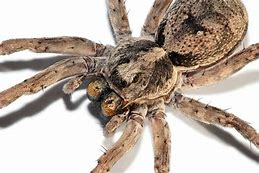 These spiders are also active hunters. The female will spin a large egg sac that is spherical and then attach it right to her spinneret before dragging it around with her until her eggs hatch. The baby spiders will then climb right on her back and remain there until they are old enough to fend for themselves.
These spiders are also active hunters. The female will spin a large egg sac that is spherical and then attach it right to her spinneret before dragging it around with her until her eggs hatch. The baby spiders will then climb right on her back and remain there until they are old enough to fend for themselves.
Now that we have covered a few harmless spiders, let’s discuss the ones you need to avoid like the plague.
Poisonous Spiders
The most poisonous spider in the world has the ability to take a human life with only one bite. Staying away from these spiders isn’t always a possibility, but you need to always be cautious. The most critical thing is that you get treatment immediately if you are bitten.
Spiders kill whatever their prey is by injecting poison or venom into them. This venom can also be harmful to humans. There are some spiders that are more harmful than others and because of this, just a tiny amount of their venom can affect humans. If you have been exposed to a lot of spider venom, it can even be fatal.
The Deadliest Spider
There have been scientific tests done that point to the Brazilian Wandering spider as being the one that is the most venomous. This species is native to the tropical areas in South and Central America. In nature, it is fantastically aggressive and is known to be the leader when it comes to deaths caused by spider venom. It has made the list of the most dangerous spiders in North America because it is commonly found in imports of bananas to the US.
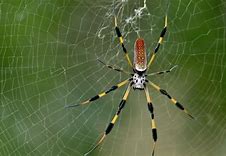 This spider is also called the banana spider or the Golden Orb Weaver. It has a black and yellow color.
This spider is also called the banana spider or the Golden Orb Weaver. It has a black and yellow color.
The danger of a spider to humans is measured by how much venom it can actually inject into a human, along with its proximity to human settlements. When it comes to both of these things, there isn’t any spider more dangerous to humans than this one.
There are 8 varieties of this particular spider, and each one of them poses a real threat to human lives. It is naturally found in regions of Brazil and some of the other countries in South America that are highly populated.
The absolute scariest thing when it comes to this spider is that its nature is to wander. Because of this, the creature doesn’t just stay in jungles. It goes where ever it wants to go. The fact that it is regularly found in cities in Brazil attests to this. This is yet another thing that makes it such a danger for humans.
Toxicity
This species uses a neurotoxin that is called PhTx3 that makes it deadly. When this neurotoxin is injected into a person in large amounts, it can lead to quite a few complications and issues.
You can suffer from quite a bit of pain from the bite and might also face things like breathing problems that can be so severe that you can die from asphyxiation. Another reaction to this venom is the loss of muscle control. There have even been instances when a bite from this spider resulted in paralysis.
Scientists say that it only takes about 0.006 mg of venom from this spider to kill a mouse. No one knows what a full bite might actually do to a human.
Another peril that comes with this bite is something known as priapism. This is a specific condition where a male can get erections that aren’t controllable for hours at a time, which can then lead to impotence. It is absolutely critical that you get treatment immediately if you are ever bitten by this spider.
Deadliest North American Spiders
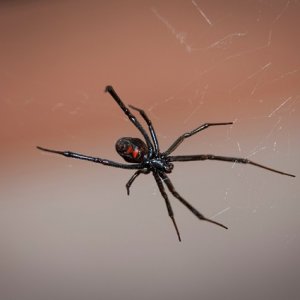 There are 2 species of spider in North America that are incredibly poisonous and a definite danger to humans. These are the black widow spider and the brown recluse. You can find the black widow in places where they grow grapes. The females are the only ones that bite.
There are 2 species of spider in North America that are incredibly poisonous and a definite danger to humans. These are the black widow spider and the brown recluse. You can find the black widow in places where they grow grapes. The females are the only ones that bite.
When it comes to the males, they are both harmless and smaller. It is even said that sometimes the female will eat the male once they have mated. This is a common spider in California, and the symptoms of being poisoned by a black widow are similar to those of the spider we just discussed.
The brown recluse is a much smaller spider, but in certain ways, its venom is even more dangerous. It doesn’t affect the muscles and nerves. It affects a person’s skin and the tissues that surround the area where the person was bitten.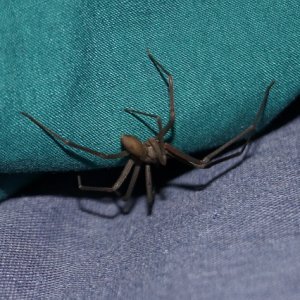
In cases that are extreme, a bite from a brown recluse can even lead to the affected limb being amputated. Most people will survive it, but people who have weak immune systems and children are prone to having symptoms that are severe.
Poisonous spiders can actually kill people if their bite isn’t immediately treated. Staying away from them is the best option, but this isn’t always possible. It is best to not go into any dark corners and if you must, try to be fully covered.
The ability to identify spiders and separate them into ones that aren’t poisonous and those that are can make living in areas where they live a little bit safer.
Sources
- YouTube, Most Venomous Spider in North America
- Venomous, Poisonous, Dangerous, and Other Wonders, North America’s Most Venomous Spiders
- Talk Local, North American Poisonous Spiders
- SOS Wildlife Control, Spiders






